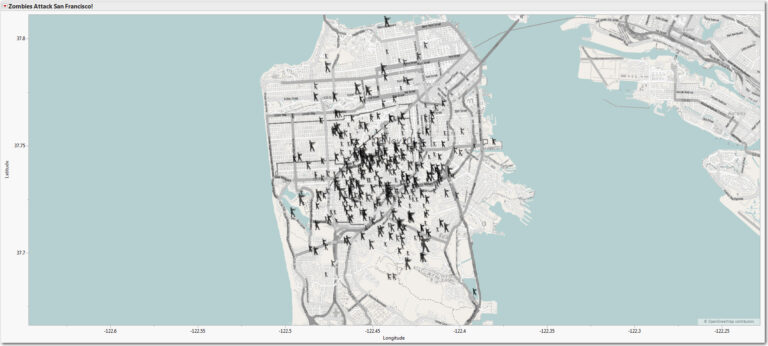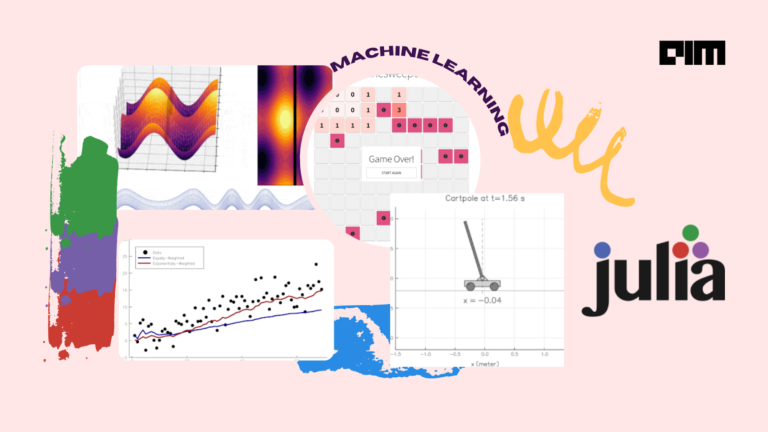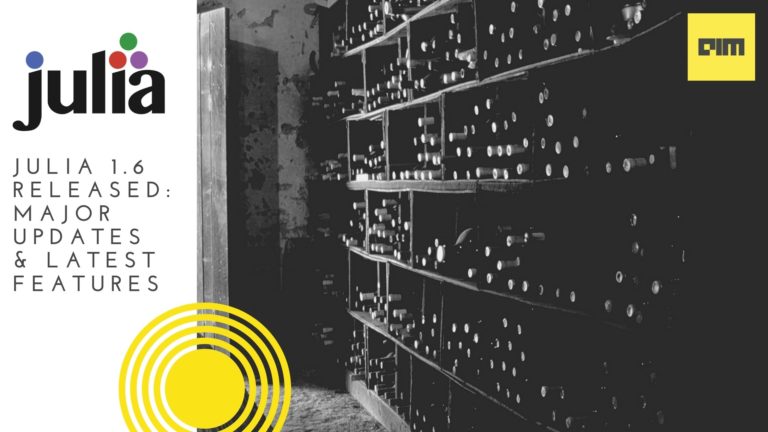Python is undoubtedly the most popular language among data scientist and machine learning professionals. But Julia, founded by Viral B Shah, Deepak Vinchhi, Alan Edelman, Jeff Bezanson, Stefan Karpinski and Keno Fischer, is now gaining popularity in the field. This year in August, Julia developers announced the 1.0 release of their project, which means that the language is no longer at a ‘developer’s stage’ and is now an ‘expert’.
Before moving on to their comparison, it is important to indicate and establish that it is not fair to expect that Julia can beat Python hands down. Python has been in the market since ages and its success stories are everywhere. Julia, on the other hand, is quite new and does not compete with Python in many areas.
This article will only emphasise on in what ways both languages are different so that it helps you to decide whether or not to begin to learn Julia, in case you haven’t.
1. Speed: This is one area for which Julia is most popular for. Julia is faster than Python because it is designed to quickly implement the math concepts like linear algebra and matrix representations. It is excellent for numerical computing. Its multiple dispatches is great for defining data types like numbers and arrays. For codes that are equally big and complex written in both the languages, Julia takes lesser time, at speeds of the same order of magnitude of C or Fortran, compared to Python.
Winner: Julia
2. Community support: Python is older and more popular than Julia and has a greater community support. If you are stuck with a problem, you have many options online where the Python online community can help you resolve, very quickly. It is easy to get support. Julia lags here. But using Julia’s Disclosure you could ask questions to resolve or even contribute. But Python would still win here. Python enjoys its huge community.
Winner: Python
Output readability: Model output is very easy to read in Julia compared to Python where it is not so readable.
Winner: Julia.
Installing packages: Installing new packages is easy in Julia than in Python. To run the official Julia model on your device, you have to download and install the package from their official Github site. It pulls the package directly through Real-Eval-Print Loop (REPL). This makes installing new packages much easier. In Python, installing packages isn’t necessarily always a difficult task. It can also be very simple, but they also have very complicated and difficult procedures to install some packages.
Winner: Julia
Libraries: Python has plenty of libraries to make work easy for every specific task. It is definitely easier to work with a good number of the library. Julia does not have libraries as many as Python and lacks that ease that comes along with a rich set of libraries.
Winner: Python
Code conversion: It is very easy to convert code from Python and/or C to Julia. But the other way around is not an easy path. Converting code from Python to C or C to Python is very difficult. But Julia can interface with external libraries very easily written in C and Fortran. Data can be shared easily with Python using the PyCall library.
Winner: Julia.
Working with shell: Julia is extremely well-integrated with the shell. Like, shell commands to check the content of the file. The variables in Julia are exported to the shell as an environment variable. Users can also edit the file once opened. Basically, working with shell commands is easy in Julia than in Python.
Winner: Julia.
Conclusion
As stated earlier in this article, it is not really fair to compare Julia and Python, as they are not at the same level currently. It can be said that Julia beats Python over its weaknesses but it cannot yet beat Python in its strengths. Currently, it cannot replace Python as a general scripting language. But Julia is fast pacing with its developments and may sometime in the future be able to give a tough fight to Python.
Which one to choose among the two depends on your requirement. If your project is much into mathematics, Julia definitely shines there. It has great support for functional programming.



















































































